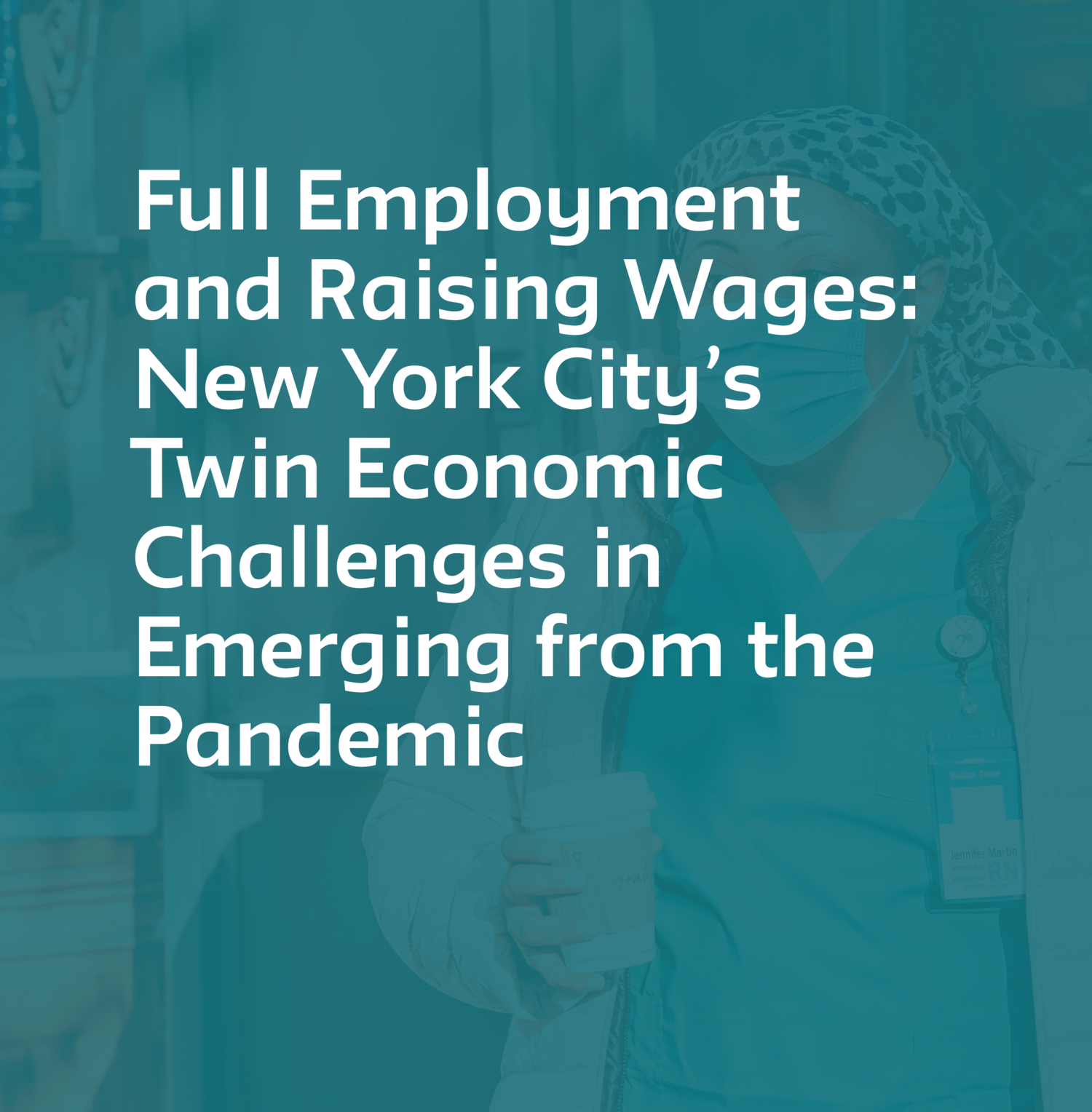
New York City’s economic recovery from Covid-19 will hinge on how policy makers face two critical challenges: 1) returning to the full employment that prevailed in the years before the onset of the pandemic; and 2) ensuring that wages steadily rise for workers in the bottom half of the wage distribution. Meeting these twin imperatives will help ensure that economic growth and progress will be broadly shared and that New York City can make headway to reduce our pronounced income and wealth inequality.
These objectives are not fanciful. New York City managed both full employment and steady wage growth for the bottom half of the income distribution in the five years before the coronavirus landed here. For the first time in nearly 50 years, the city saw strong growth in wages and family incomes for the bottom half, declining poverty, and a flattening in income inequality.
Still, even at the beginning of 2020 before the onset of the Covid-19 pandemic, stark income inequalities continued in New York City, and significant pay, health, and other disparities existed across racial and ethnic groups. The pandemic’s extreme lopsided economic impacts have exacerbated these disparities. Low-paid workers of color have borne the brunt of job dislocation, and racial unemployment disparities widened over the course of 2021. The city’s pandemic jobs deficit is three times the national average.
In the wake of past economic downturns, the City and the State have taken a laissez faire approach to the labor market with the unfortunate result that unemployment rates for workers of color stayed high for several years. The report recommends that the City and the State should:
No single policy will fix the city’s polarized economy, but as we saw in the previous decade, a full employment economy coupled with rising labor standards can make a powerful difference.
There's no previous post
Back to PublicationsThere's no next post
Back to Publications